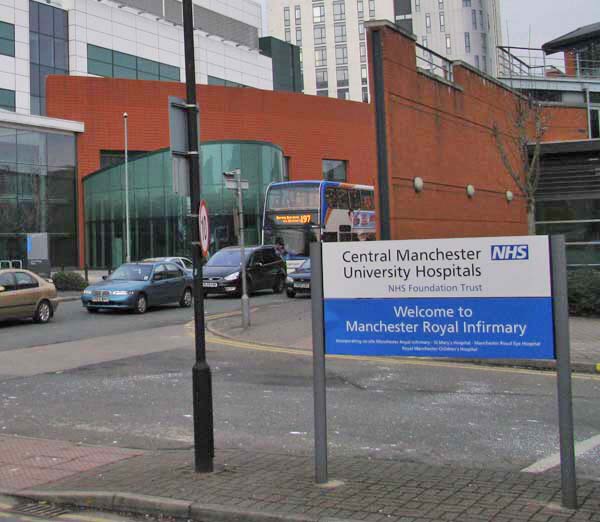The research, carried out by a team from the University of Manchester and Central Manchester University Hospitals NHS Foundation Trust could unlock new potential for understanding and diagnosing developmental disorders
Concentrating on the period know as organogenesis – the point at which organs and tissue first come together from primitive precursor cells – the study sheds light on how all the genetic signals are pulled together into a body plan.
Individual organs and tissues form in human embryos during the first two months of pregnancy. Any errors during this crucial stage of human development can result in miscarriage or serious birth defects. Yet remarkably little is known about how this process works. What is known has been inferred from studies of how other animals develop, human stem cells grown in a laboratory, and babies born with genetic conditions that cause developmental problems.
Starting with the established knowledge that genes control the way organs and tissues develop by downloading DNA code into RNA molecules – the team used RNA-sequencing to identify all the genetic messages at play in organ development.
The researchers developed a computational model to decode the complex patterns of gene activity across all the tissues and shed new light on the mechanisms by which human organ systems are built. The model correctly called many genes known to cause developmental problems, such as ‘hole in the heart’, when faulty and pointed to new genes as key players in unsolved developmental disorders. This has led the research team to predict future improvements in genetic diagnoses for patients with development disorders.
Neil Hanley, Professor of Medicine at The University of Manchester’s School of Medical Sciences and lead author of the report, said the findings will hopefully be of broad utility to the research and clinical community interested in stem cell biology and early human development:
“Until now, remarkably little has been known about human organogenesis – the assembly phase for organs and tissues. Errors at this stage can result in miscarriage or serious birth defects. Our research brings a new knowledge base, hopefully leading to clinicians being able to make new diagnoses and providing an early blueprint for scientists working with stem cells in the laboratory.”
As an exciting lead for the future, the authors also found a huge array of unexpected genetic activity. Over 6,000 new genetic messages were identified, so-called non-coding RNA. This now sets the group a major challenge; trying to work out how all these potential new players fit together as the orchestra for how our body’s organs and tissues are put together.







